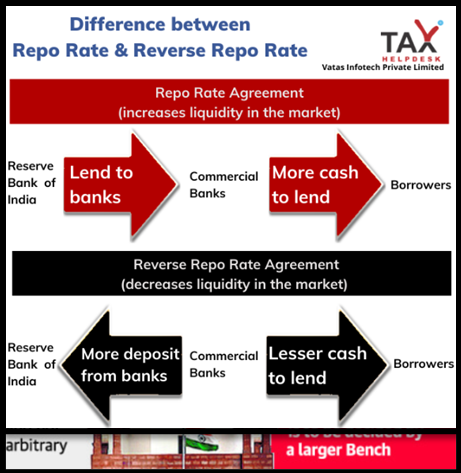RBI Increases Risk Weights Impacting Lending
Why in News?
- Reserve Bank of India (RBI) has directed banks and non-banking financial companies (NBFCs) to increase capital reserves for risk weights by 25 percentage points.
- This move aims to address the rising trend in unsecured personal loans, credit cards, and lending to NBFCs, managing ‘credit risk.’
Understanding Risk Weights
- Risk weights are tools banks use to manage credit risk.
- They indicate the essential capital reserve a lender should hold based on the risk associated with specific assets.
- The RBI’s directive increases risk weights for unsecured personal loans, credit cards, and NBFC lending to better align with the perceived credit risk.
Source:Taxhelpdesk
RBI’s Proposals
- The central bank has raised risk weights for consumer credit exposure by 25 percentage points, affecting personal and retail loans.
- Credit card loans for scheduled commercial banks (SCBs) and NBFCs will see increased risk weights.
- Bank credit to NBFCs, excluding housing finance companies, will also face higher risk weights.
Necessity of Changes
- Concerns about the rapid growth in consumer credit prompted the RBI’s move.
- Unsecured personal loans and credit card outstanding amounts have surged, raising worries about default risks and prompting measures to dampen this growth.
Impact and Concerns
- The changes aim to enhance risk management, but concerns linger about the impact on capital adequacy and overall bank profitability.
- Finance companies, especially NBFCs, might be most affected, facing higher costs that could be passed on to borrowers.

 Source:Taxhelpdesk
Source:Taxhelpdesk


